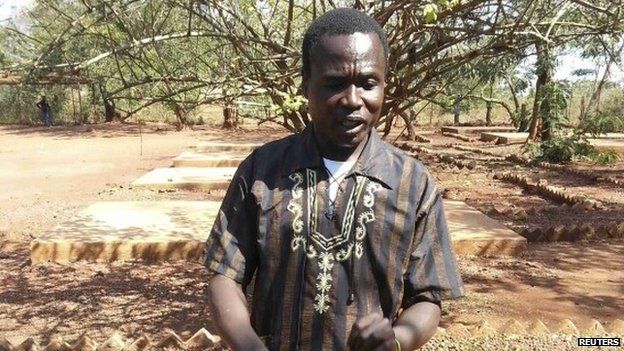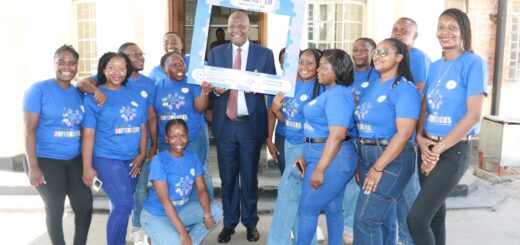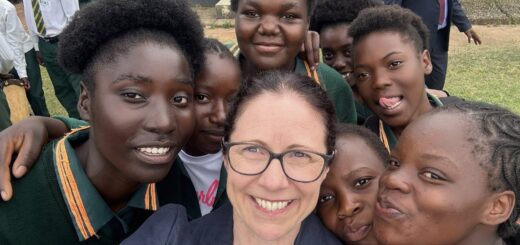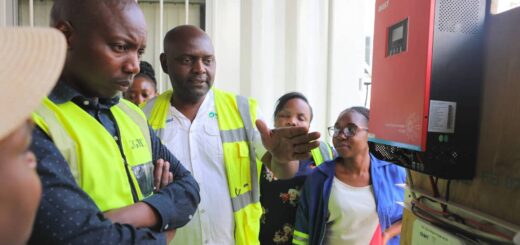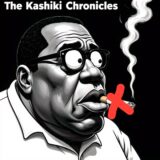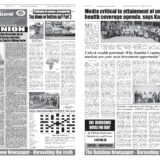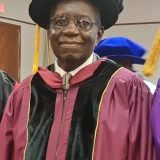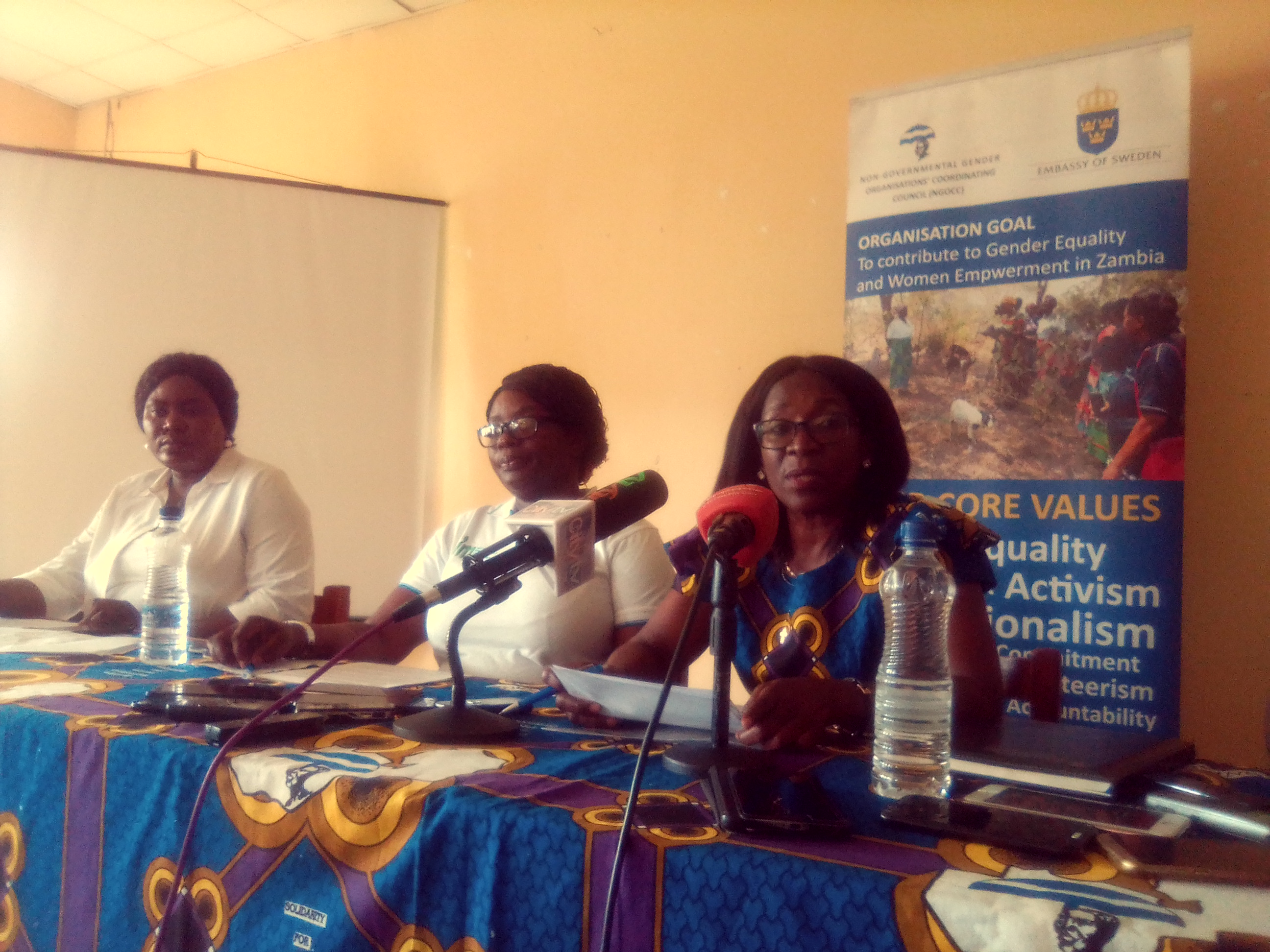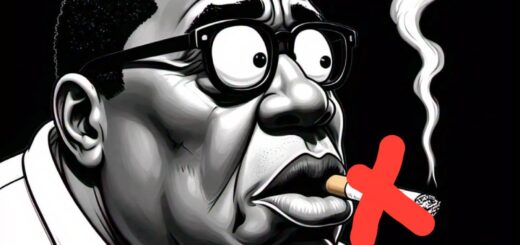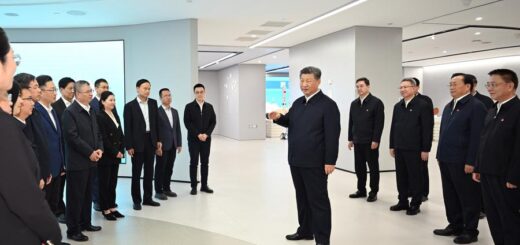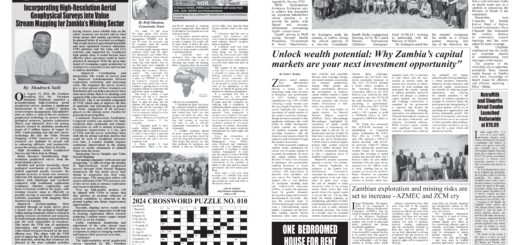Summary Findings and Recommendations of The Human Rights Commission’s Investigations into the killing Of Mr. Nsama Nsama Chipyoka and Mr. Joseph Kaunda Delivered to the Media by the Hyman Rights Commission Chairperson, Mr. Mudford Zacharia Mwandenga At The Commission’s Head Office in Lusaka ON Thursday 4th March 2021
Notice: Undefined index: catFilterList in /home/zambi/public_html/wp-content/plugins/wp-likes/api.php on line 243
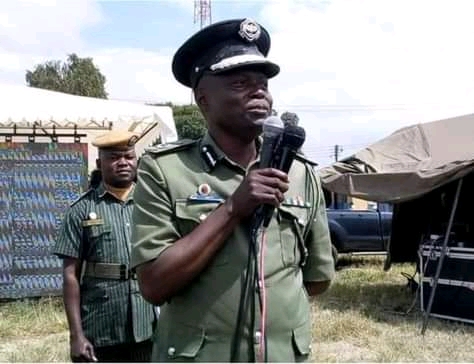
Summary Findings and Recommendations of The Human Rights Commission’s Investigations into the killing Of Mr. Nsama Nsama Chipyoka and Mr. Joseph Kaunda Delivered to the Media by the Hyman Rights Commission Chairperson, Mr. Mudford. Z. Mwandenga At The Commission’s Head Office in Lusaka ON Thursday 4th March 2021
Members of the Press
The Commission has invited you to this Press Briefing on the summary findings of its independent investigations to the shooting to death of Mr. Nsama Nsama Chipyoka, former National Prosecution Authority (NPA) Prosecutor and Mr. Joseph Kaunda who was a sympathizer of the opposition United Party for National Development (UPND).
As you already aware, the two were shot dead on 23rd December 2020 between 10:00 hours and 11:00 hours in Lusaka, during the violent dispersal of UPND supporters who had accompanied their leader, Mr. Hakainde Hichilema, to offer him solidarity when he appeared at Police Headquarters for questioning.
Following the fatal incident, the Commission on its own volition, instituted its own independent investigations.
The Commission’s Investigations
The investigations into the shooting incident were instituted in accordance with the Commission’s constitutional and statutory mandate. Pursuant to Article 230 (3) of the Constitution of Zambia (Amendment) Act No. 2 of 2016, the Commission is mandated to, inter alia, investigate and report on the observance of rights and freedoms and to take necessary steps to secure redress for victims of human rights violations or abuses.
Furthermore, Section 10(1) of the Human Rights Commission Act, Chapter 48 of the Laws of Zambia empowers the Commission to investigate any human rights violation(s) or abuses by instituting investigations under the following circumstances– “(a) on its own initiative; or (b) on receipt of a complaint or allegation under the Act by – (i) an aggrieved person acting in such person’s own interest; (ii) an association acting in the interest of its members; (iii) a person acting on behalf of an aggrieved person; or (iv) a person acting on behalf of and in the interest of a group or class of persons to institute investigations.”
The Commission wishes to acknowledge that, while its investigations were underway, it also received a formal complaint letter from the UPND President Mr. Hakainde Hichilema on the alleged police shooting to death of Mr. Nsama Nsama Chipyoka and Mr. Joseph Kaunda on 23rd December 2020.
1.1 Objectives of the Investigations
The inquiry sought to:
Examine the circumstances under which the fatal shootings occurred and to determine whether there was violation of any of the rights guaranteed under the Bill of Rights under the Zambian Constitution, Chapter 1 of the Laws of Zambia particularly the right to life guaranteed under Article 12 and the freedom of assembly and association guaranteed under Article 21 of the Constitution;
Establish whether it was justified for the Police to use live ammunition against the alleged protesters and whether, therefore, the killings qualified for excusable homicide to diminish criminal liability of the person(s) that fired the fatal bullets;
Establish whether the use of force was authorized by a superior officer proclaiming the situation as a riot requiring the use of firearms in compliance with Sections 77 and 78 of the Penal Code Act, Chapter 87 of the laws of Zambia, and whether the use of fire power was the only and ultimate option available to the police;
Establish whether the use of force by the Police was in accordance with our national legislation as well as the international norms namely, the United Nations Basic Principles on the Use of Firearms by Law Enforcement Officers adopted on September 7 1990, herein referred to as the “Basic Principles”;
Find out whether the Police officers took any measures to decrease the risk of unnecessary harm especially that the shooting occurred near public buildings and a restaurant where the risk of harm to innocent people was highly probable; and
Make the necessary recommendations on how to redress the problem as well as to prevent further or similar future incidences, as well as the prosecution or punishment of those found culpable, if any, and also the compensation of the family of the deceased by the state.
1.2 Investigations Methodology
The Commission’s investigations involved a visit to the scene of the shooting, personal interviews with eye witnesses, relatives to the deceased persons as well as the Police authorities. The Commission also interviewed persons that witnessed the autopsy (postmortem) examination of the deceased persons which autopsy reports were not availed to the Commission at the time of carrying out the investigation despite a formal request to that effect.
In addition, the Commission considered the applicable international, regional and domestic human rights standards relating to the protection of the right to life and the circumstances when the right to one’s life may be taken away without violating the Constitutional guarantee of the right.
Specifically, the Commission examined relevant provisions of the Constitution of Zambia, the Zambia Police Act, the Penal Code Act as well as the Basic Principles in the Use of Firearms by Policing Agencies which were adopted by the by United Nations Member States.
3.0 The Commission’s Findings
The findings of the Commission’s investigations are summed up, as follows:
3.1 The Police killed Mr. Nsama Nsama Chipyoka and Mr. Joseph Kaunda
The Commission’s investigations established that there was violation of the right to life by Agents of the State which amounts to extra-judicial killing.
The findings of the autopsy conducted on the remains of the deceased persons by a State Pathologist confirmed that Mr. Nsama Nsama Chipyoka and Mr. Joseph Kaunda died from bullet wounds. The source of the fatal bullet was identified as a rifle firearm. It is the Commission’s opinion that the said firearm fired from west to east direction of Cabinet Office premises.
The evidence recorded from witnesses and the Commission’s own scene visit corroborated with the findings of the autopsy pointing to police officers who were stationed near Cabinet Office as having been responsible for firing the fatal bullet.
It was observed that the bodies of the two deceased persons were found lying about ten (10) meters apart and directly adjacent to each other near the National Prosecution Authority (NPA) offices, giving a strong likelihood that they were killed by one bullet.
Mr. Nsama Nsama Chipyoka was shot whilst standing at the main entrance to LAFE Restaurant near the NPA offices, whereas Mr. Joseph Kaunda was hit by the bullet as he was walking along the road separating LAFE Restaurant and NPA offices.
According to the preliminary findings of the State Pathologist, Mr. Nsama Nsama Chipyoka) was shot on his right side of the chest through the fourth (4th) rib and the bullet perforated the upper part of his heart then liver and lungs before coming out of the body through the area between the 7th and 8th ribs. No bullet was found in the body of Mr. Nsama Nsama Chipyoka. It was concluded that the deceased died of injury to the vital organs caused by a sharp object that pierced the heart, the lungs and liver. He suspected that the affected organs were pierced by a bullet, and on closer examination concluded that a rifle was used.
On the other hand, the late Mr. Kaunda was shot on his head. The bullet entered through the right part of his head just above the right ear and was found lodged on the left part of the head. On the part where the bullet was lodged, the skull had cracks and that resulted in traumatic shock that killed the victim. There was no other part of the body that had any injury that could cause death of the victim. The bullet found in the head of Mr. Joseph Kaunda was deformed on its tail end. From this, the Doctor concluded that before the bullet went into the head of the deceased, it could have hit or passed through some object thereby reducing its power. Considering that the bodies of the two deceased persons lay about ten (10) meters apart and directly adjacent to each other, there was a strong likelihood that the two victims were killed by one and the same bullet
3.2 The Police Command gave orders to inter alia fire live bullets
The Commission found that the orders given by the Police Command were directly linked to the indiscriminate use of live ammunition, the discharge of tear smoke, the display of warfare tactics and the excessive use of force by the Police that was witnessed on the day of the shooting incident.
Witnesses informed the Commission that former Lusaka Province Commissioner of Police, Mr. Nelson Phiri, gave orders to police officers to fire at the people that had gathered. On the orders of the former Lusaka Province Commissioner of Police, police officers started firing gunshots and tear gas canisters indiscriminately.
The officers on an armored police vehicle were the first to fire live gun shots before a sporadic gun fire ensued leading to the shooting incident in which the two deceased men were caught up in the crossfire and killed in the process.
The Commission wishes to stress that, in line with Principle number 26 of the Basic Principles on the Use of Force and Firearms, obedience to superior orders shall be no defence if the law enforcement officer or officers knew that an order to use force and firearms resulting in the death or serious injury of a person was manifestly unlawful and had reasonable opportunity to refuse to follow it. In any case responsibility rests on the superior who gave the unlawful orders.
3.3 The indiscriminate use of force and live ammunition by the Police was alarming
The Commission’s investigations revealed that Police fired teargas canisters and live ammunition to disperse an unarmed crowd that had gathered at the Police Headquarters to offer solidarity to the UPND President, Mr. Hakainde Hichilema, when he was summoned by the Police.
Several witnesses informed the Commission that there was no riot proclamation declared to warn the crowd to disperse prior to the use of force and live ammunition by the Police.
As a result, there was commotion when the Police charged towards the crowd as people scampered in all directions while heavily armed police officers patrolled the area between the High Court and Cabinet Office.
Some armed police officers closed up on UPND sympathizers who had gathered peacefully near the High Court premises and started firing live ammunition indiscriminately while discharging tear gas canisters at the crowd.
The Commission had itself also witnessed the police firing tear smoke canisters, physically chasing individuals around Cabinet Office area and heard sounds similar to those of live bullets at the time the shooting incident took place.
3.4 Comments by some members of the Executive may have contributed to police violence on unarmed citizens
A few days before the fatal shootings, the Minister of Home Affairs, Hon Stephen Kampyongo, MP issued a statement warning that no person or groups of persons would be allowed at or near the premises of the Zambia Police Service Headquarters where the opposition leader would appear for interviews. He warned that those who would defy the order would be met with police force.
Lusaka Province Minister Hon. Bowman Lusambo,MP specifically directed the Lusaka Commissioner of Police, Mr. Nelson Phiri to deal with anyone who would offer solidarity to Mr. Hichilema. During the virtue 2020 4th Quarter Provincial Development Co-ordinating Committee (PDCC) meeting which he was chairing on 22nd December 2020, Mr. Lusambo directed as follows:
“Let me take this opportunity through you Permanent Secretary, to Lusaka Police Commissioner if he is here or if his representative is here, Mr. Nelson Phiri, that tomorrow, I don’t want any noise in Lusaka Province or Lusaka District.
I have heard that there are some people who are planning to come to Lusaka, to offer solidarity to the suspect who has been called by the police. I want to urge you, and I direct you Commissioner of Police Lusaka Province that police have only called one person, they have only called one person, and we expect only one person to come alone. And if they want to come bring confusion, you know your job very well, you know your job very well”.
The Commission strongly believes that such statements from some members of the executive could have contributed to arbitrary action by the police which resulted into the shoot to death of the duo.
3.5 There was blatant violation of the right to freedom of assembly
The use of excessive force by the Police in the name of maintaining law and order violated the Constitutionally guaranteed right to freedom of assembly and was inconsistent with the Constitutional mandate of the Zambia Police Service of upholding the Bill of Rights as enshrined under Article 193 (2) (e) of the Constitution of Zambia [Amendment] Act No. 2 of 2016.
There was no justification for the Police to use force and firearms to disperse an assembly of people who were peaceful and unarmed.
Even if an assembly may have been considered to be illegal or a violation of the principles of law and order, it did not warrant the use of excessive force in the manner that the Police handled UPND sympathizers who were offering their solidarity to their party President when he was summoned at Police Service Headquarters.
The Commission is cognizant of the fact that the Police are by law authorized to use force and firearms in particular circumstances and only under conditions of absolute necessity and in accordance with the principle of proportionality, while paying due regard to the respect for human life as a fundamental human right. Thus, it is a solemn duty of the Police to protect life and property in all circumstances while maintaining law and order.
It has been established that there was a violation of people’s right to peaceful and free assembly. The crowd that had gathered at the Police Headquarters was largely peaceful and did not disrupt any business or obstruct traffic or breach public order. Those that had gathered were therefore within the purview of their fundamental right to freedom of assembly guaranteed under Article 21(1) of the Constitution of Zambia. To proceed to disperse the crowd in the manner the Police did, therefore, amounted to a debasement of people’s democratic and constitutional right to exercise their freedom of assembly.
The right to freely assemble and to even demonstrate is integral to democracy and human rights. Even if acts of violence do occur during these events participants retain their rights to bodily integrity and other rights such that force may not be used except in accordance with the principles of legality, necessity and proportionality. Firearms may never be used simply to disperse an assembly.
4.0 General and specific observations
More generally, the Commission is concerned that there has been a growing trend by Police to kill individuals and carry out inadequate investigations that do not necessarily lead to the identification or point out the actual persons responsible for the killings, but rather prefer that investigations take a friendlier route of Inquests.
The record so far as inquests are concerned indicate that inquests have rarely pointed to particular person or groups as culpable but have rather declared open verdicts-that a violation was committed and that State agents were responsible.
Without downplaying the important judicial function that inquests serve, it would however be desirable that in the interest of justice, the growing levels of impunity in the Police service be curbed by prosecuting the main culprits involved in the killing of innocent civilians as recommended by independent bodies such as the Human Rights Commission.
However in this matter the need for an inquest did not and does not arise because the Zambia Police investigations have led to the arrest of the alleged shooter and he has since started appearing before the Courts of the law to answer charges that have been laid against him.
The desire by the Executive wing of government to suppress the right to freedom of assembly for individuals holding different views, especially the opposition parties that seem to offer effective competition is the root cause of a growing pattern of extra-judicial killings and other acts of gross human rights violations and must stop.
Zambia is a constitutional multi-party democracy and pluralistic society in which various interest groups should have space to participate in the governance of the country within the provisions of the law.
As the country counts down to 2021 general elections and beyond, the Commission expects that the right to freedom of assembly and its interdependent rights of association, expression and movement will be guaranteed by the state.
5.0 Recommendations and Conclusions
In view of its findings, the Commission makes inter alia the following recommendations:
i. That former Commissioner of Police for Lusaka Province Mr. Nelson Phiri must be jointly charged with the case of murder together with the subordinate police officer or police officers who took his orders to shoot Mr. Nsama Nsama Chipyoka and Mr. Joseph Kaunda;
That the estates of the deceased be adequately compensated by the State.
The Zambia Police Service should desist from the apparent criminalization of the right to freedom of assembly and movement; and
The Zambia Police Service should also desist from taking actions which are likely to result in the gross violation of human rights such as extra-judicial killing, arbitrary arrests and detentions and cruel, inhuman or degrading treatment or punishment of participants in assemblies whether lawful or not. https://www.facebook.com/www.hrc.org.zm/videos/1200547000402006/?app=fbl



